Colourful floral patterns, important religious scenes, and bold, geometric shapes don the walls of many buildings in Lisbon. Whilst the subjects vary, the uniformed shape and size of the tiles, or Azulejos as they are locally known, remain the same, punctuating each home, restaurant, church, and shop with a splash of colour and a dash of Portuguese heritage.
Wander down any street in any district in Lisbon and you are bound to come face to face with shiny ceramic tiles to your left and right. The trend intrigued me before I went to Lisbon, and it continued to intrigue me during my stay as I stumbled across all manner of tiles – from elaborate, mural sized religious scenes, to muted brown palettes and swirling, colourful brushstrokes.
Tiles were introduced to Portugal by Moors in the 15th Century. During this period, the designs were limited to stark, geometric patterns cut with Arabic styles, because many of the Moors were Sunni Muslims, a religion that prohibited them from creating depictions of living things.
Even after the Moors left, though, the tile trend continued to flourish. Moving forward into the 16th Century, local Portuguese artists and Flemish designers started producing simple blue and yellow pieces, most of which carried floral patterns and – now allowed – religious scenes. As the Portuguese empire began to expand thanks to new trade routes and the beginnings of globalisation, new exotic colours were introduced into the palettes of tile artists.
In the late 17th Century, blue and white tiles were all the rage, due to the increasing interest in Chinese porcelain that was being imported into Europe at the time.
Disaster struck Lisbon in 1755 in the form of an aggressive earthquake, which ripped most of the city to shreds (even today there are still remnants of the event hundreds of years later). Fortunately, tiles were not forgotten in the rebuilding of the city, and the designs became increasingly colourful and experimental as people tried to brighten up their ruined city.
At this time, the Portuguese discovered that the tiles not only looked good, but they had some practical uses, too, including keeping out the damp and ensuring buildings stayed cool in the warm weather. Now, you can see numerous quirky tile designs around the city without having to look hard at all.
Guide to seeing tiles in Lisbon
Whilst you can guarantee some great tile sightings throughout the city, my advice is to head to Alfama, the Old Town which sits on a hill to the east of Lisbon. It’s the only part of the city that wasn’t destroyed by the earthquake, and there are still some old, traditional tile designs on display. Either way, the twisting, narrow streets of this district are a haven for muted designs, colourful, geometric shapes, and some more modern, experimental offerings.
There are also numerous tile studios, workshops, and shops in this area that you can peek into to see the work that goes into making these important parts of Lisbon culture.
Have you been to Lisbon? What were your thoughts on the tiles there? Share in the comments below!
Finally… Musement, a site offering museum tickets, art tours, and cultural activities has kindly let Wanderarti readers get €5 off purchases up until the 31st July. Just use the code WANDERARTI and you can get discounted offers all over Europe!

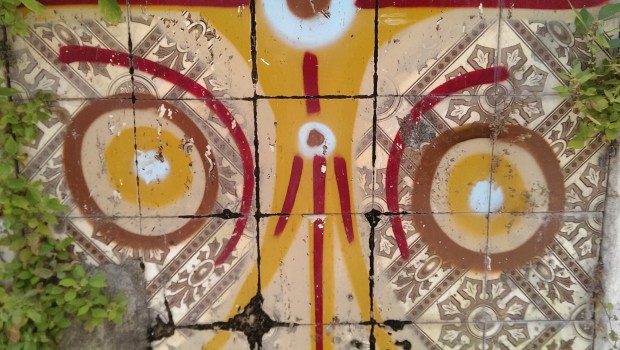
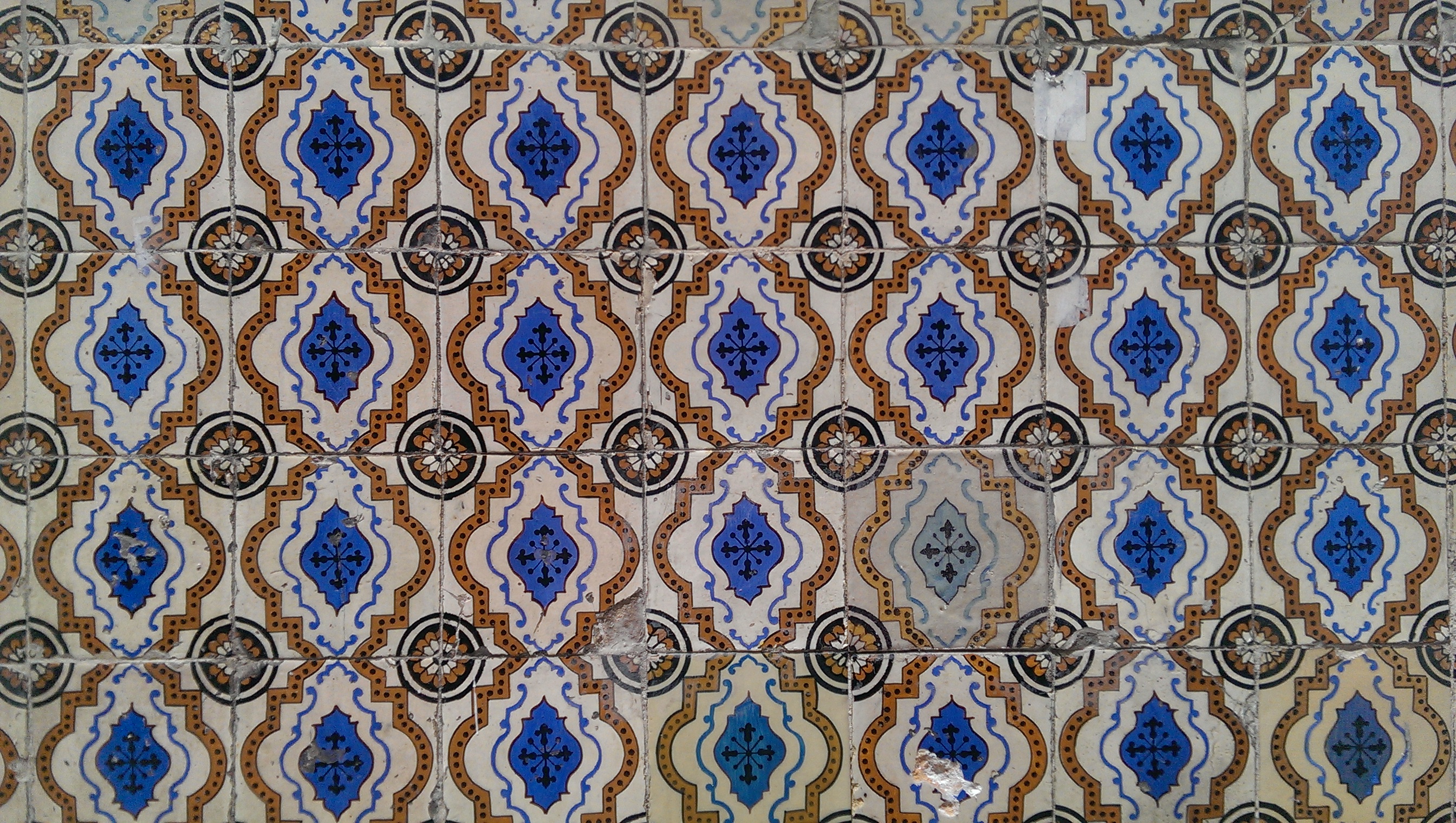
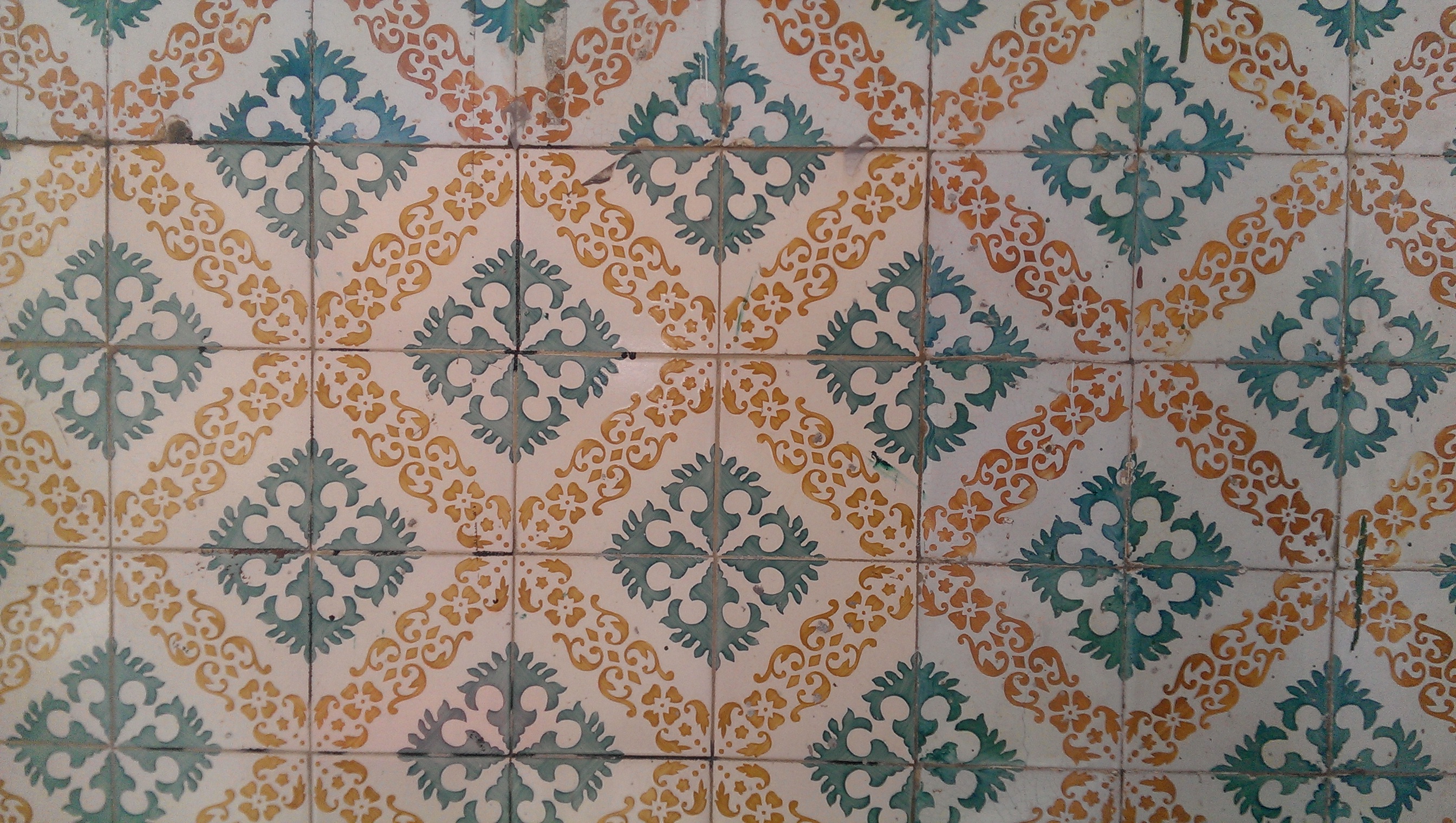
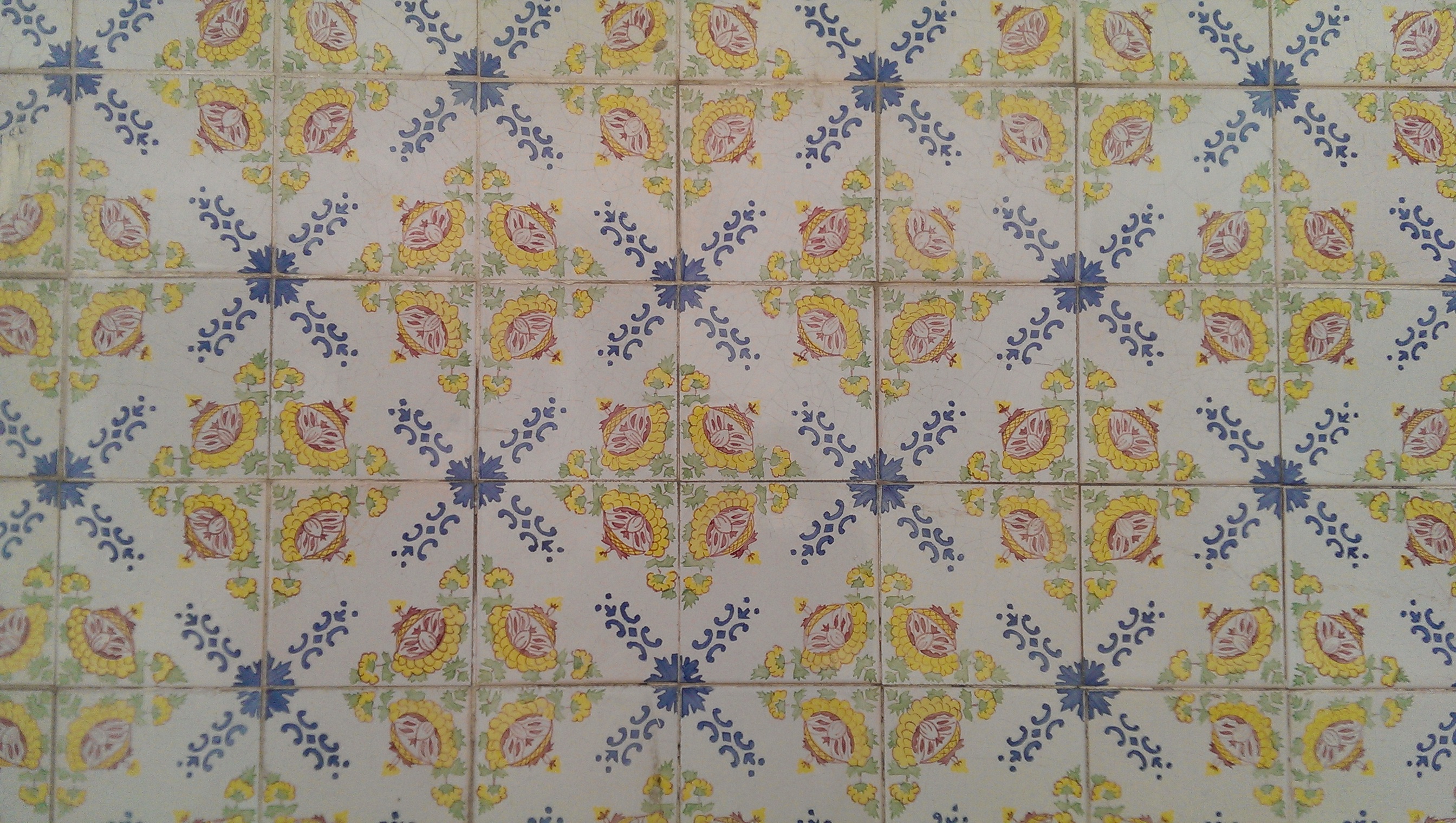
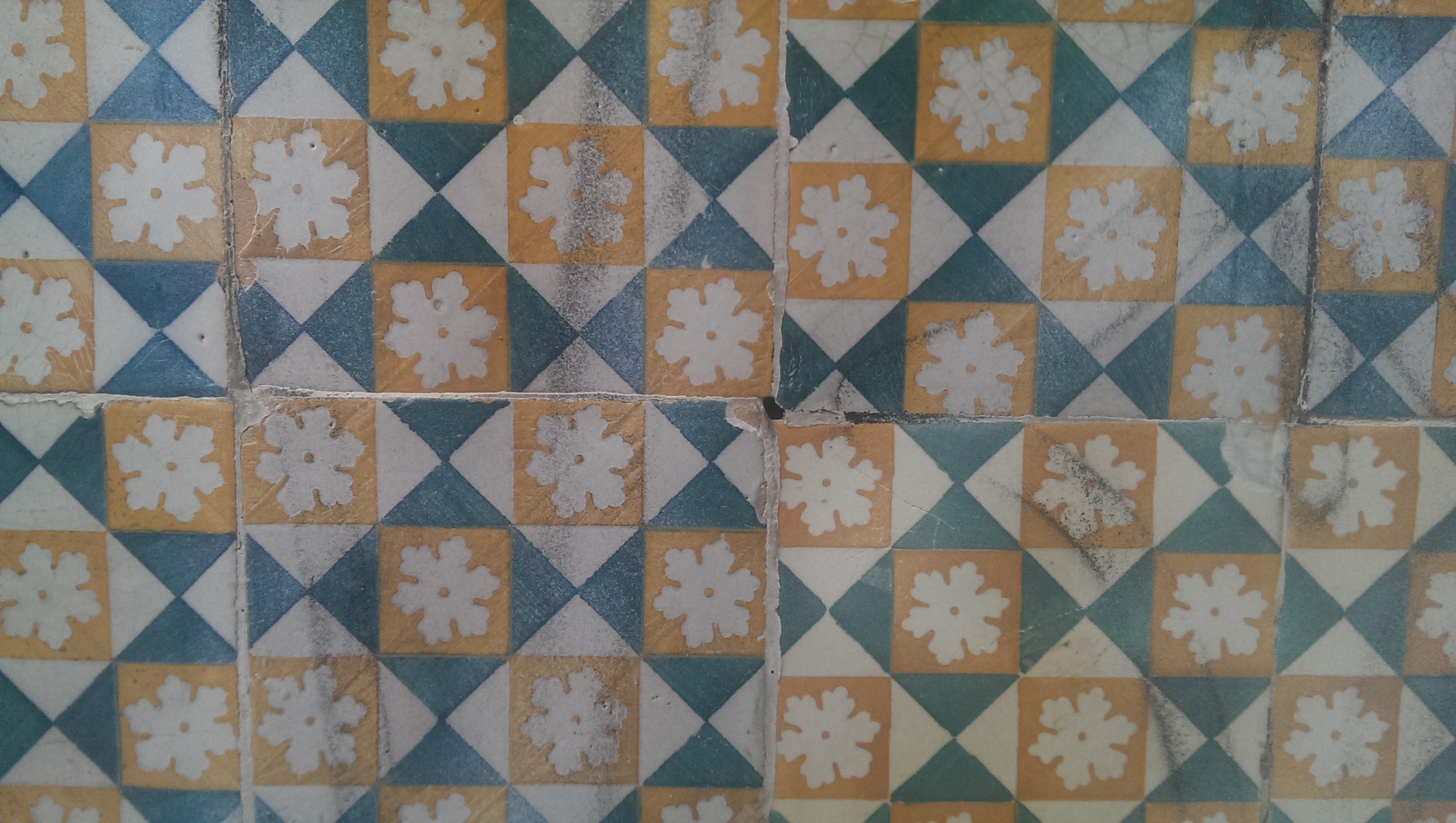
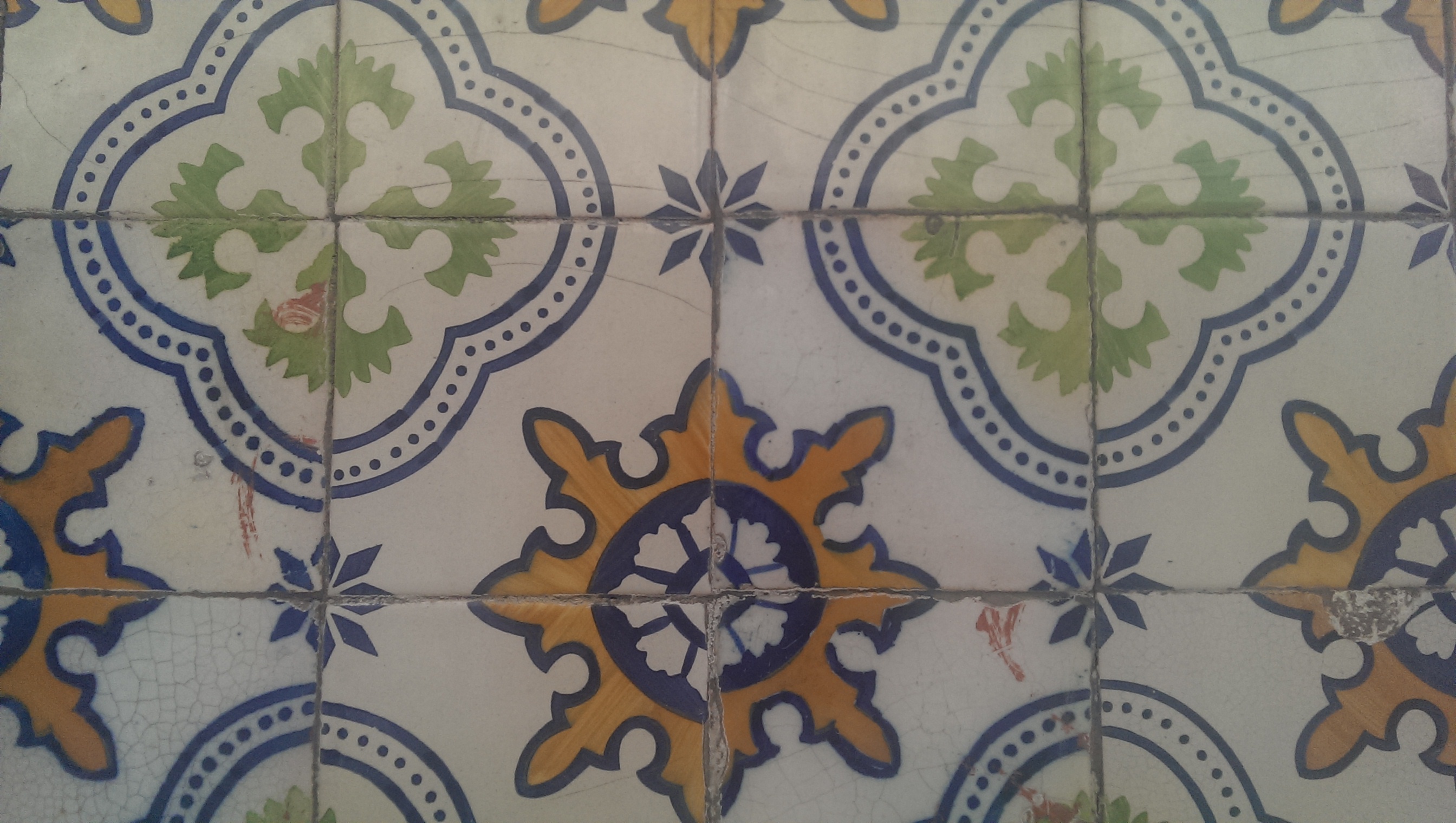

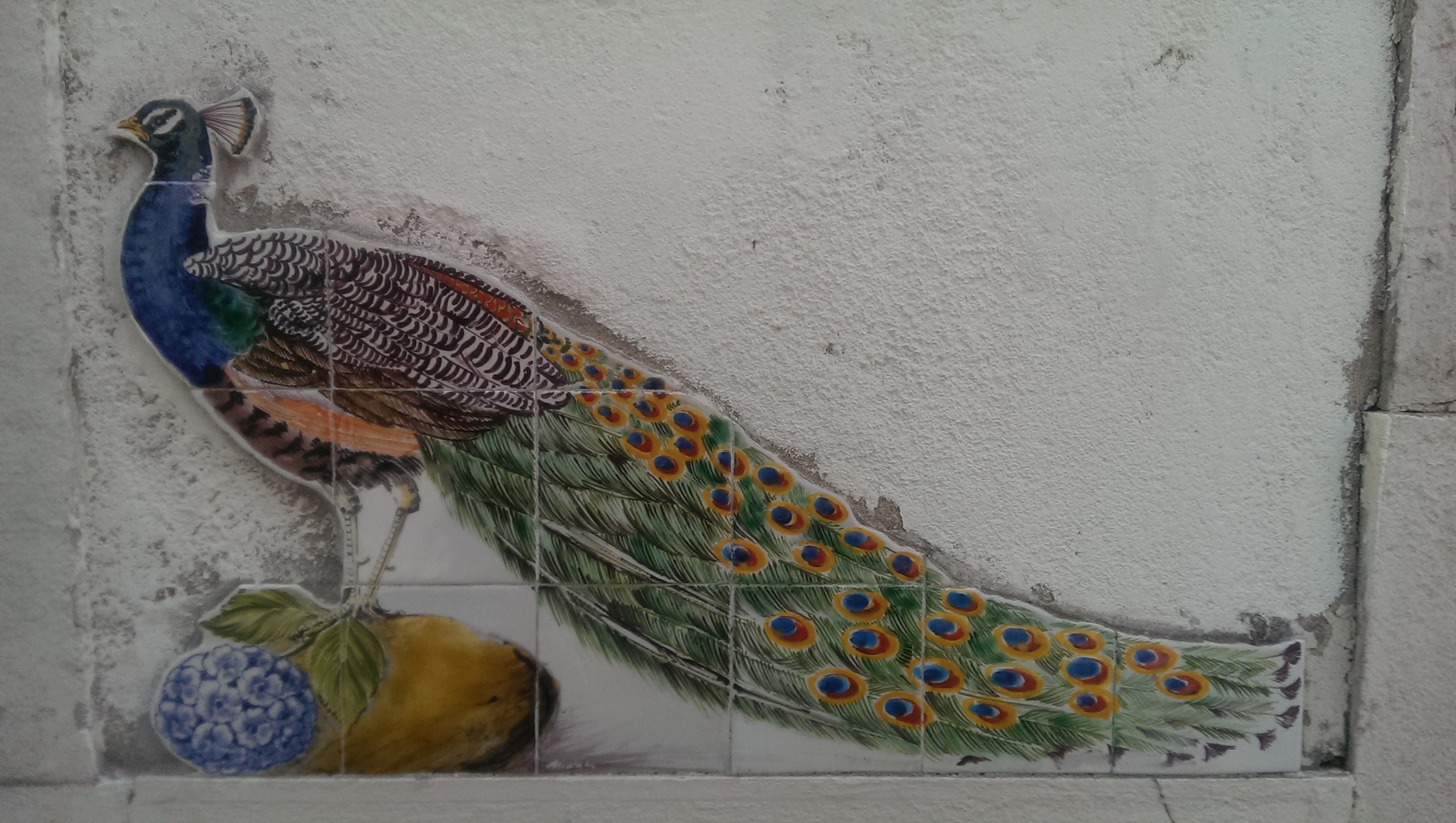
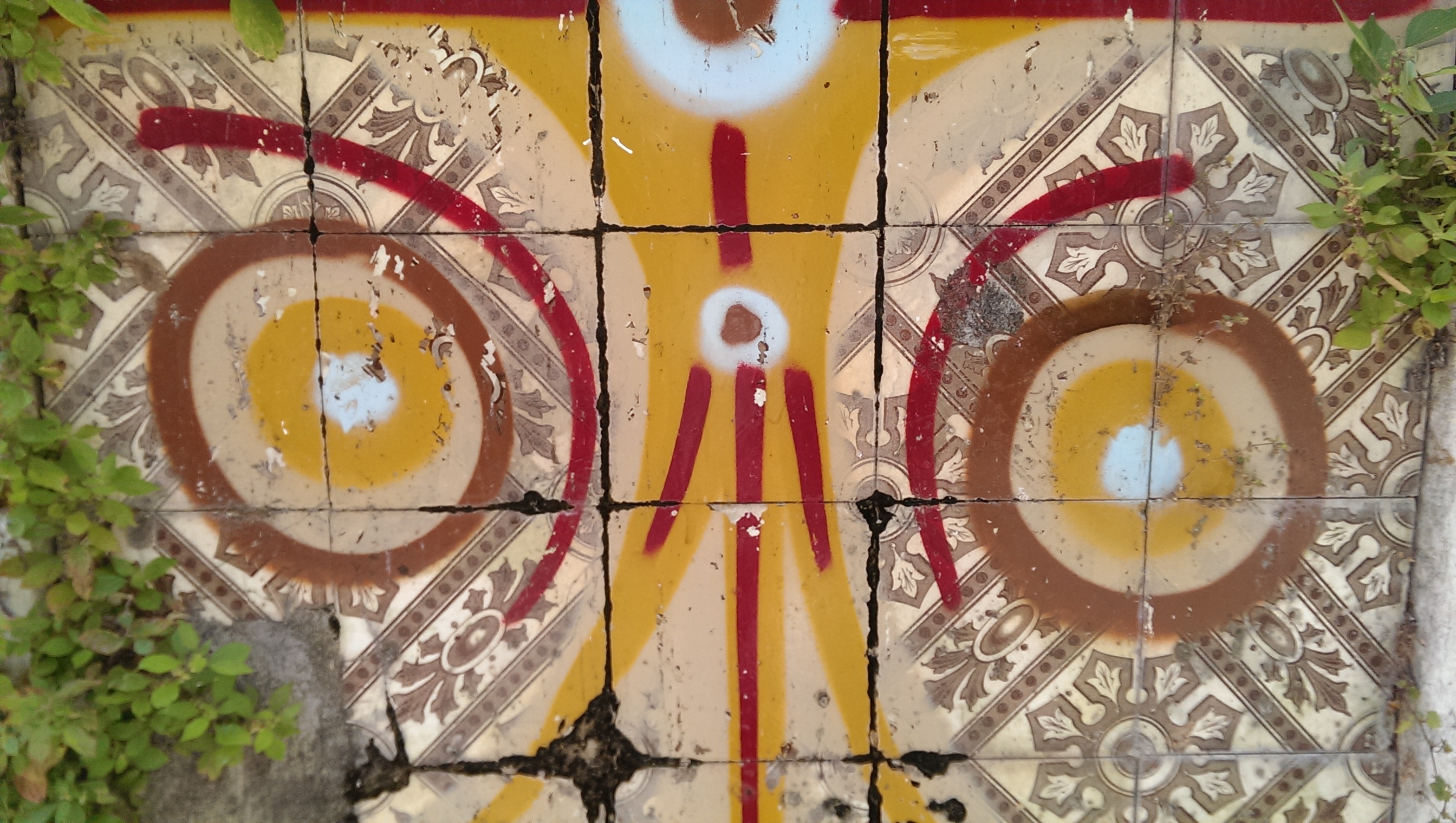




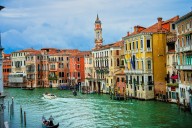





Hi, Dizzie, I came across your blog and loved it! I have a page about tiles on Facebook: http://www.facebook.com/tileslovers
Have a look!! 😉
Thanks Angelina! I’m going to head over there and take a look
[…] it, I could certainly see the artistic value of it. The winding streets, cracked and crumbling azulejo tiles, and the grand architecture make for some amazing inspiration, and I’ve put together a […]
Haven’t seen Lisbon yet, but this reminds me a lot of Mexico and Puebla, where tiles are also a strong factor in the cities look…
Yes, I can imagine they would be quite similar
Lisbon Tiles Galore. Take a look at the buildings near Sao Roque church, inside the you have the truncated pyramid style plus beautiful colored panels in the chapel of the Saint. A shot walk down will bring you to the oldest beer cellar in the city where the place is festooned with tile work inspired by masonic icons and the four seasons. Further down on your way to the ruined Carmo monastery an entire building facade is covered with golden tiles. In Lisbon these little ceramic colored squares are everywhere.
Great tips, Mary, thanks!